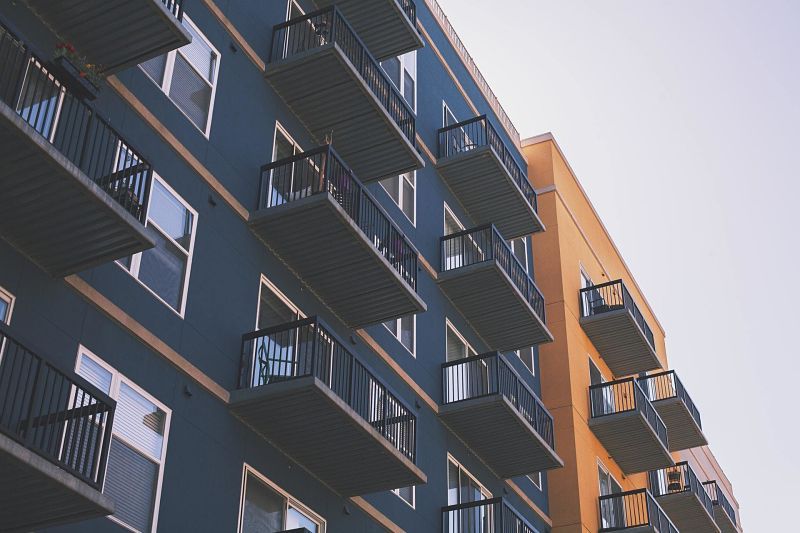Every real estate investment has a value proposition. A comfortable working knowledge of the proposition for one type of transaction, should not be taken to be an expertise in all real estate investments. While it is certainly possible to advance to larger, more financially rewarding transactions, such as a multi-family property, it is important to remember that a new type of transaction means learning a new set of rules.
The experienced residential flipper, for example, will often consider the larger value proposition of a multi-family property. The reasoning is simple. A four unit building is like doing four flips at the same time. However true that simple math may be, it demonstrates a misunderstanding of the difference in the markets.
The Income Approach to a Multi-Family Property
The value proposition of the flip transaction is to correct problems that prevent the property from commanding the true market value demonstrated by comparable sales. These problems take many forms, but the ultimate resolution of them allows the property to be sold at the existing market value.
Multi-family rental real estate can be valued by comparison to sales of similar properties, but the Income Approach is much more common. This values the property as a function of the amount of annual income it produces and the capitalization rate. For a given amount of annual income, a lower capitalization rate, called the cap rate, will result in a higher property value. A higher cap rate, on the other hand, will result in a lower property value.
Attractive cap rates are defined by comparison to returns on other investments. Factors such as the reliability of the income stream, a proxy for risk in this type of real estate investment, influence the cap rate. Renters at the lower end of the social-economic spectrum are considered to have a higher risk of default, so properties that cater to this group have a higher cap rate.
High Value Multi-Family Unit to Move the Cap Rate
So, a simple way to improve the value of a multi-family unit is to increase the rents by attracting renters further up the social-economic scale. Here is where the flipper’s experience in creating market value can be a great asset. Like the individual residential house, rental units have characteristics that make them more or less attractive to renters.
For example, an aesthetically pleasing exterior creates good curb appeal to the home buyer, and can command a higher rent. A security system that prevents vagrants from entering the common areas of a multi-family property, also is a clear value added feature. The quality of the flooring and the appliances in the units also directly impacts the amount of rent that can be charged.
Increasing rents by improving these factors, increases the value of a building under the Income Approach in two ways. First, it increases the annual income the building generates. Second, as the tenants reflect the higher socioeconomic status that can afford the higher rents, the comparable cap rate goes down.
So, although the value proposition of a multi-family property is more involved than a single family residence, it shares some of the fundamental characteristics. Successful flippers can use their skills in correcting problems in residential units, and step up their game by creating improved values in multi-family units.



